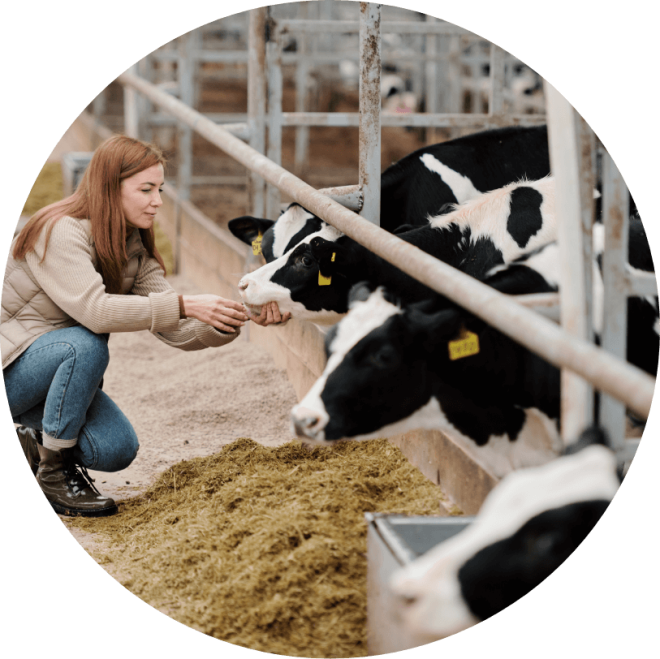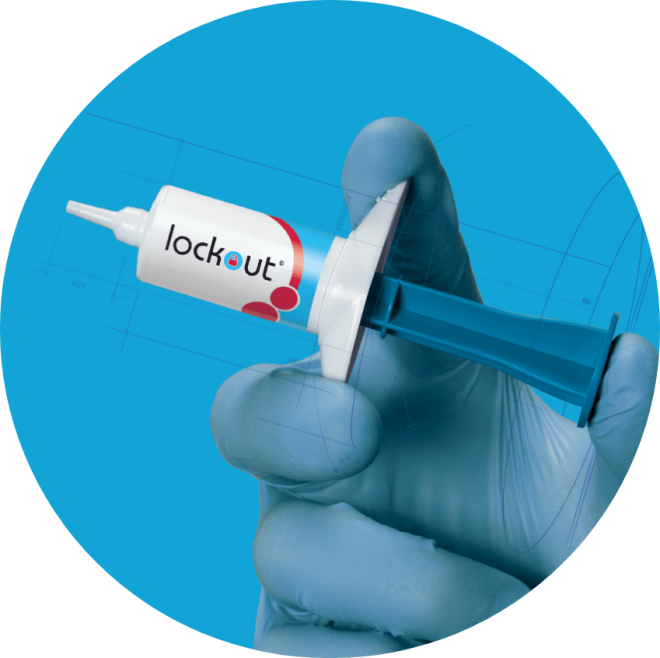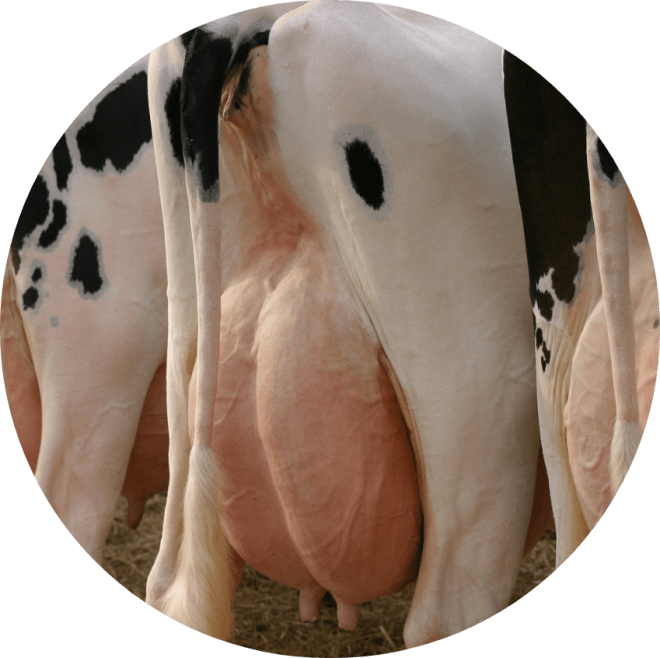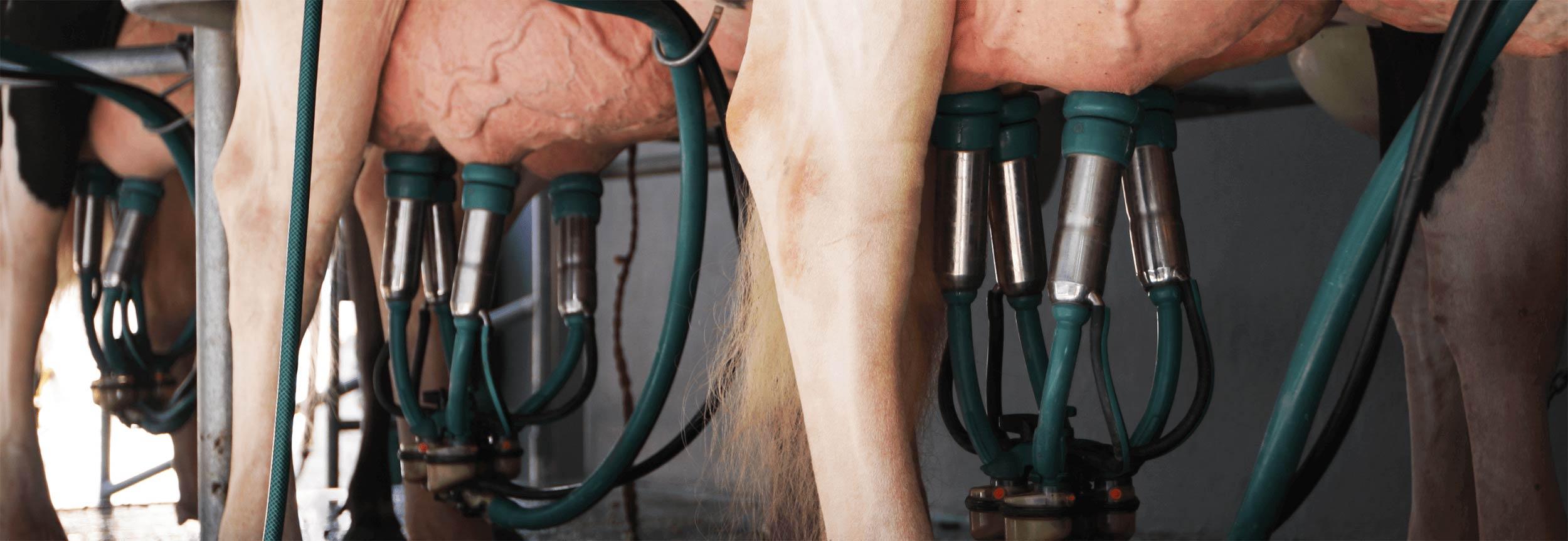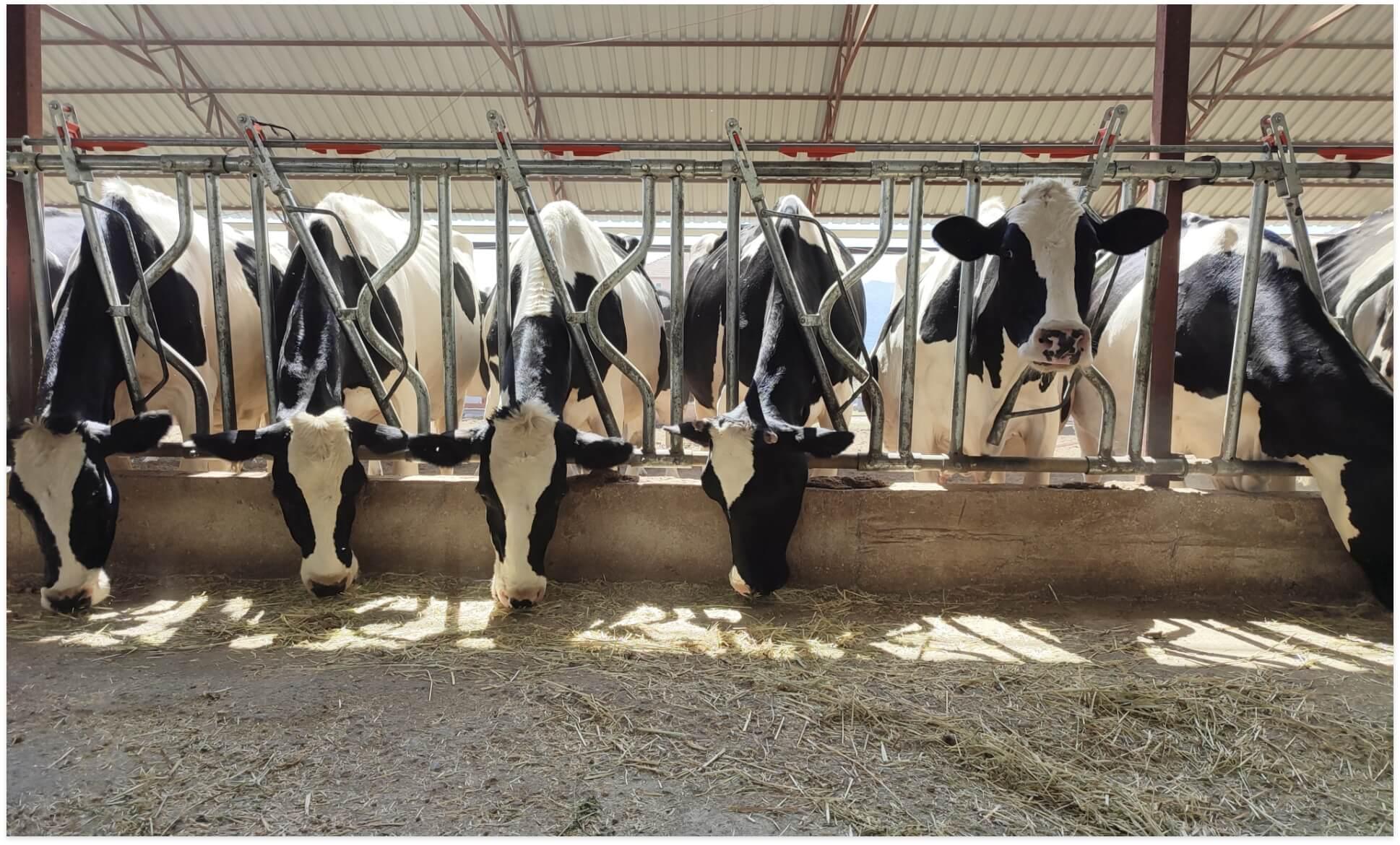Mastitis in cows – an economic challenge
Mastitis in cows is a pressing concern within the dairy industry. Recent findings reveal that clinical mastitis costs dairy farmers between $343 and $7621-4 per case due to reduced milk production1, compromised milk quality, and additional expenses related to treatment and labour.
This condition not only affects the bottom line but also impacts the well-being of affected cows, causing pain and discomfort. Understanding the root causes of mastitis is essential for effective and cost-efficient management.
Dry cow therapy
The dry period is one of the most important phases of the lactation cycle because it prepares the cow and udder for the next lactation. This period sets the foundation for the health and productivity of the cow in the upcoming lactation.
The risk of new intramammary infection is greatest during the early and latter portions of the dry period. According to NMC’s guidelines, intramammary infusion of an approved antibiotic into every quarter at drying off can decrease the number of existing intramammary infections and/or prevent new infections during the dry period.
The dry period is the most effective time to treat persistent udder infections. Dry cow treatment has several advantages:
- Higher cure rate
- Reduced risk of milk contamination with proper withholding time observation
- Longer antibiotic retention in udder
- Potential for tissue regeneration before freshening
Treatment can either cure infection present at dry-off, reduce the frequency of new infections during the dry period and/or the incidence of clinical mastitis at freshening.
Effective dry cow therapy protocols can differ based on the specific pathogens present, the length of the dry period, and unique farm-specific factors, among other considerations. It's crucial to consult with your veterinarian to determine the most effective course of action.
Monitoring the somatic cell count (SCC) level of cows prior to and after the dry period can also help objectively evaluate dry cow management strategies. This data-driven approach allows for necessary adjustments to be made as required, ensuring optimal outcomes.
Talk to your veterinarian about what the most appropriate dry cow protocol is for your herd.
Mastitis in cows: treatment options
Managing pain caused by mastitis
Mastitis can be extremely painful for dairy cows. Researchers assert that cows with mastitis experience compromised welfare, highlighting the importance of pain management. Research studies7,8 indicate that non-steroidal anti-inflammatory drugs (NSAIDs) can offer pain relief in addition to decreasing inflammation in cases of clinical mastitis. Additional benefits related to fertility, longevity and cure rates are being researched.9
The role of antimicrobials in mastitis management
Most mastitis cases are caused by bacteria however not all cases benefit from or even need antimicrobial treatment. With the rise of antimicrobial resistance, it is important to use antimicrobials judiciously in order to safeguard the health of both humans and cattle.
The role of milk culture testing in mastitis management
Milk culture testing is an important tool in identifying the cause of infection. Some microbes such as Prototheca or yeasts cannot be treated with antimicrobials, while others can. Knowing the cause of mastitis in your cows allows you and your veterinarian to tailor treatment protocols for your herd.
Related articles
This website is for information purposes only. Please consult your veterinarian before implementing new prevention or treatment protocols in your herd.
This website is for information purposes only. Please consult your veterinarian before implementing new prevention or treatment protocols in your herd.
1. Aghamohammadi et al. Herd level mastitis associated costs on Canadian dairy farms. Frontiers in Veterinary Medicine. 2018;5
2. Bonestroo et al. The costs of chronic mastitis: a simulation study of an automatic milking system farm. Preventive Veterinary Medicine. 2023;210
3. Leite der Campos et al. Variation in partial direct costs of treating clinical mastitis among 37 Wisconsin dairy farms. Journal of Dairy Science. 2023;106(12):9276-9286.
4. Rollin et al. The cost of clinical mastitis in the first 30 days of lactation: an economic modeling tool. Preventive Veterinary Medicine. 2015;122(3):257-264.
5. Dingwell RT, Leslie KE, Schukken YH, et al. Association of cow and quarter-level factors at drying-off with new intramammary infections during the dry period. Prev Vet Med. 2004;63(1-2):75–89.
6. Dufour S, et al. Non-antimicrobial approaches at drying-off for treating and preventing intramammary infections in dairy cows. Part 1. Meta-analyses of efficacy of using an internal teat sealant without a concomitant antimicrobial treatment. Anim Health Res Rev. 2019;20(1):86-97.
7. Fitzpatrick, C. E., Chapinal, N., Petersson-Wolfe, C. S., DeVries, T. J., Kelton, D. F., Duffield, T. F., & Leslie, K. E. (2013). The effect of meloxicam on pain sensitivity, rumination time, and clinical signs in dairy cows with endotoxin-induced clinical mastitis. Journal of dairy science, 96(5), 2847-2856.
8. McDougall S, Bryan MA, Tiddy RM. 2009. Effect of treatment with the nonsteroidal anti-inflammatory meloxicam on milk production, somatic cell count, probability of re-treatment, and culling of dairy cows with mild clinical mastitis. J Dairy Sci 1992:4421-4431
9. McDougall S., Abbeloos E., Piepers S., Rao A .S, Astiz S., van Werven T., Statham J. and Pérez-Villalobos N. J. Dairy Sci. 2016; 92:4421–443
Lockout® is a registered trademark of Boehringer Ingelheim Vetmedica GmbH, used under license. All other marks are property of their respective owners.


